Kamagong Tree
- October 31, 2024
- 0 comment
The Philippine Kamagong tree, known scientifically as Diospyros philippinensis, is a prized hardwood tree native to the Philippines. This tree, which belongs to the ebony family (Ebenaceae), is highly valued for its dense, dark wood, often referred to as “ironwood” due to its durability and strength.
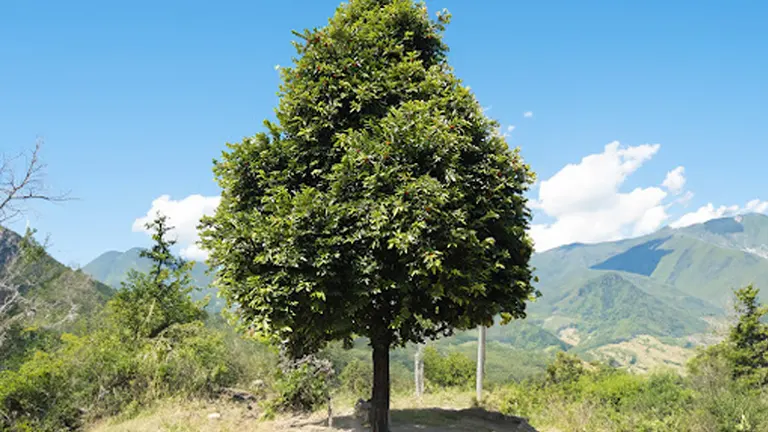
In Filipino culture, the Kamagong tree holds deep symbolic meaning and is associated with resilience and strength. Environmentally, the Kamagong tree plays a vital role in local ecosystems by providing shelter, stabilizing soil, and contributing to biodiversity.
What Is a Philippine Kamagong Tree?
The Philippine Kamagong tree, or Diospyros philippinensis, is an ebony species that can grow up to 25 meters tall with a trunk diameter of about 80 centimeters. This tree has unique, leathery leaves that are green and glossy on the upper surface and paler underneath. Its flowers are typically small, pale yellow, and grow in clusters. When mature, the Kamagong tree produces round, dark-colored fruits that are an important food source for many wildlife species. Known for its resistance to decay, the Kamagong is a slow-growing but long-lived tree, often reaching several hundred years.
| Aspects | Details |
|---|---|
| Scientific Name | Diospyros philippinensis |
| Common Name | Philippine Kamagong Tree, Ironwood, Ebony |
| Family | Ebenaceae (Ebony family) |
| Native Range | Philippines, tropical forests of Southeast Asia |
| Tree Type | Evergreen hardwood tree |
| Height | Typically 15-25 meters (49-82 feet) |
| Trunk Diameter | 50-80 cm |
| Bark | Dark brown to black, smooth when young, becoming rough with age |
| Leaves | Glossy, leathery, dark green above, paler below, ovate |
| Flowers | Small, pale yellow, clustered |
| Fruiting Season | Mid to late summer |
| Seeds | Round, dark-colored, encased in fleshy fruits |
| Soil Type | Prefers rich, well-drained, loamy soils |
| Sunlight Requirements | Partial to full sunlight |
| Growth Rate | Slow-growing |
| Lifespan | Often lives for several hundred years |
| Uses | High-value timber, cultural artifacts, furniture, ornamental |
| Conservation Status | Not endangered, but vulnerable to habitat loss |
| Threats | Deforestation, illegal logging |
| Ecological Importance | Soil stabilization, supports local biodiversity, provides food and shelter for wildlife |
One unique feature of the Kamagong tree is its wood, which is nearly black, extremely dense, and highly resistant to scratches and warping. This durable wood has traditionally been used to create fine furniture, musical instruments, and various cultural artifacts. The Kamagong tree also benefits soil health, as its leaves decompose to enrich the soil with organic matter, enhancing fertility.
Philippine Kamagong Tree Different Species
While Diospyros philippinensis is the primary species known as Kamagong in the Philippines, it shares close relations with other Diospyros species. These include:
Diospyros Blancoi
Commonly known as Mabolo, this species is also indigenous to the Philippines and produces a unique fruit with a velvety exterior and pungent aroma.
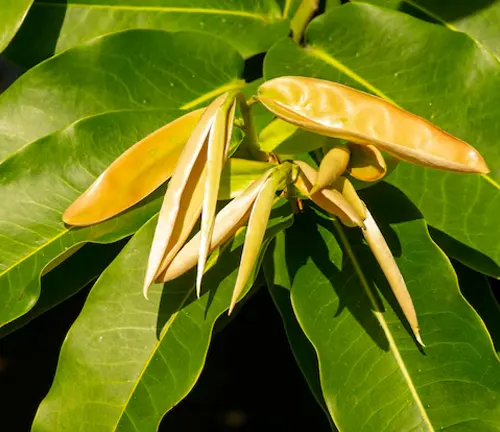
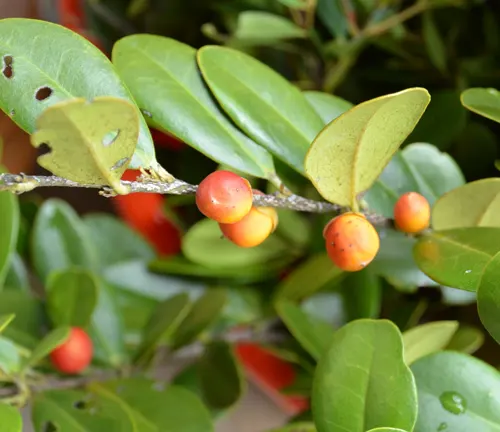
Diospyros Ferrea
Known as the Ceylon ebony, it has similar dense, dark wood and grows in Southeast Asia, including the Philippines.
These species vary slightly in height, leaf structure, and fruit characteristics, though they are all valuable for their hardwood. The various species of Kamagong and its relatives help maintain biodiversity in the Philippines, as each supports a unique set of local wildlife and ecological functions.
Where Do Philippine Kamagong Trees Grow?
Kamagong trees naturally thrive in tropical lowland forests, particularly in the dense rainforests of Luzon, Mindanao, and other Philippine islands. They prefer areas with high humidity and rich, well-drained soils. Kamagong trees are highly adaptable to tropical and subtropical climates but do not tolerate frost, making them unsuitable for cooler regions.
In their native habitat, Kamagong trees play an essential role in the ecosystem by helping to stabilize soil, prevent erosion, and create habitat for various species. The dense canopy of mature Kamagong trees also provides ample shade, supporting a cooler microclimate that benefits the forest floor’s biodiversity.
How to Grow and Care for Philippine Kamagong Tree
For those interested in cultivating a Kamagong tree, it’s important to mimic its natural environment as closely as possible. Here are some essential tips:

- Soil: Kamagong trees prefer deep, well-drained, fertile soils rich in organic matter.
- Water: Water regularly but avoid waterlogged conditions. Kamagong trees thrive in moist environments but can develop root rot if the soil is too wet.
- Sunlight: Provide partial to full sunlight. In a home garden setting, ensure it gets enough light while being protected from strong winds.
Propagation of Kamagong trees is generally done through seeds, although it requires patience due to the slow growth rate. Once established, minimal pruning is required, but removing dead branches will help maintain the tree’s health. Regular mulching with organic matter around the base can also benefit its growth.
Ecological Benefits of Philippine Kamagong Tree
The Kamagong tree offers various ecological benefits, supporting both its immediate environment and the broader ecosystem. Its dense root system helps prevent soil erosion, stabilizing forest floors and protecting nearby water bodies from sedimentation. The Kamagong tree’s leaves decompose to enrich the soil, improving soil fertility for other plants.
The tree also provides food and shelter for numerous animal species. Its fruits are particularly valuable to birds and mammals, supporting local wildlife and enhancing biodiversity. By serving as both a food source and shelter, the Kamagong tree maintains the balance within its habitat and strengthens the resilience of the surrounding ecosystem.
Philippine Kamagong Tree Flowering and Pollination
The Philippine Kamagong tree typically flowers in the warmer months, producing small, pale yellow flowers that attract pollinators like bees and butterflies. These flowers are not particularly large or showy, but they play a crucial role in the Kamagong’s life cycle and in supporting local pollinators. Pollinated flowers eventually develop into dark, rounded fruits, which are essential food sources for various animals, helping to spread seeds and sustain wildlife populations.
Is Philippine Kamagong Tree Drought-Tolerant?
Though it thrives in moist, tropical environments, the Kamagong tree exhibits moderate drought tolerance once established. Its dense, leathery leaves minimize water loss, allowing it to withstand short dry periods. However, young Kamagong trees are less tolerant of drought and require consistent moisture. In dry conditions, mulching and periodic deep watering can help Kamagong trees survive longer spells without rain.
Philippine Kamagong Tree and Wildlife Interactions
The Kamagong tree holds a symbiotic relationship with many forest animals, providing food and habitat to a wide array of species. Birds, bats, and other fruit-eating animals rely on Kamagong fruits as a seasonal food source. These animals, in turn, help with seed dispersal, enabling the Kamagong to propagate across its native forest range. The tree also creates shelter for smaller animals and insects, enriching the forest’s ecological diversity and supporting the food web in these environments.
Conclusion
The Philippine Kamagong tree is not only an iconic symbol of strength but also an essential part of the forest ecosystem. Through its resilient wood, ecological benefits, and interactions with local wildlife, it contributes significantly to the Philippine natural landscape. As both a cultural and environmental treasure, the Kamagong tree emphasizes the importance of conservation efforts in the Philippines. Protecting this tree helps preserve biodiversity, maintain soil health, and sustain the habitats of countless species, ensuring the vibrancy of these forests for generations to come.
Frequently Asked Questions (FAQs)
- What is the Philippine Kamagong Tree?
The Kamagong tree (Diospyros philippinensis) is a dense hardwood tree native to the Philippines, valued for its dark, durable wood and ecological benefits. - What are the main characteristics of the Kamagong Tree?
It has glossy green leaves, small yellow flowers, and dense, nearly black wood. The tree is long-lived and resistant to decay. - Where does the Kamagong Tree grow naturally?
Kamagong trees are native to tropical lowland forests in the Philippines, thriving in humid and rich soils. - How can I grow a Kamagong Tree?
To grow Kamagong, use well-drained, fertile soil with consistent moisture, and plant in partial to full sunlight. Propagate by seeds and avoid overwatering. - What ecological benefits does the Kamagong Tree provide?
The Kamagong tree stabilizes soil, prevents erosion, enriches soil nutrients, and offers food and shelter to various wildlife species. - When does the Kamagong Tree flower?
It typically flowers in warm months, producing small yellow flowers that attract pollinators like bees, which help in seed production. - Is the Kamagong Tree drought-tolerant?
While Kamagong trees can tolerate short drought periods, they prefer regular moisture, especially when young. - What animals depend on the Kamagong Tree?
Birds, bats, and small mammals eat its fruits, aiding seed dispersal, while its branches and leaves provide shelter for insects and smaller animals.
We hope this guide highlights the unique ecological and cultural value of the Philippine Kamagong Tree. Have thoughts on conserving this iconic tree? Share them below and help inspire others. Let’s raise awareness and promote sustainable practices to protect our natural heritage!


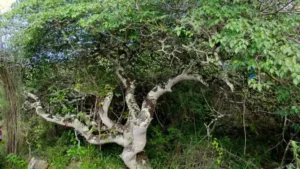
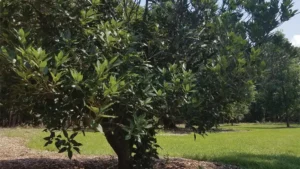
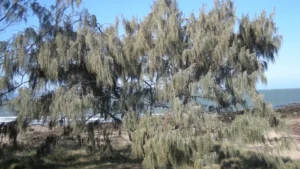
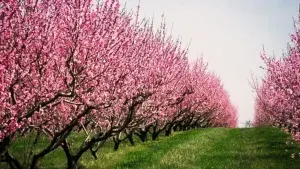
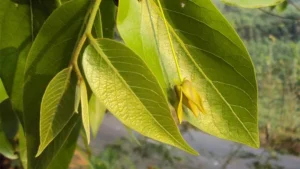
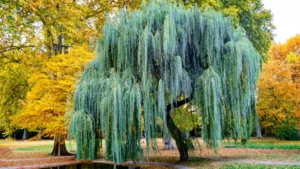
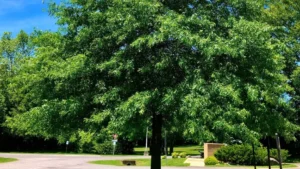

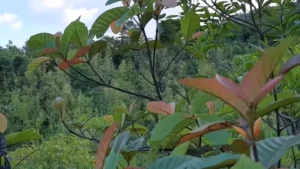
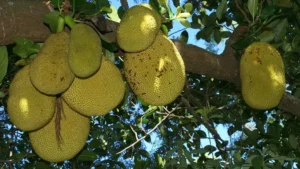

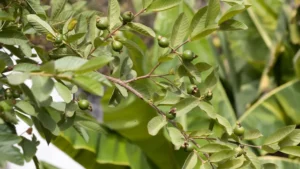
Leave your comment